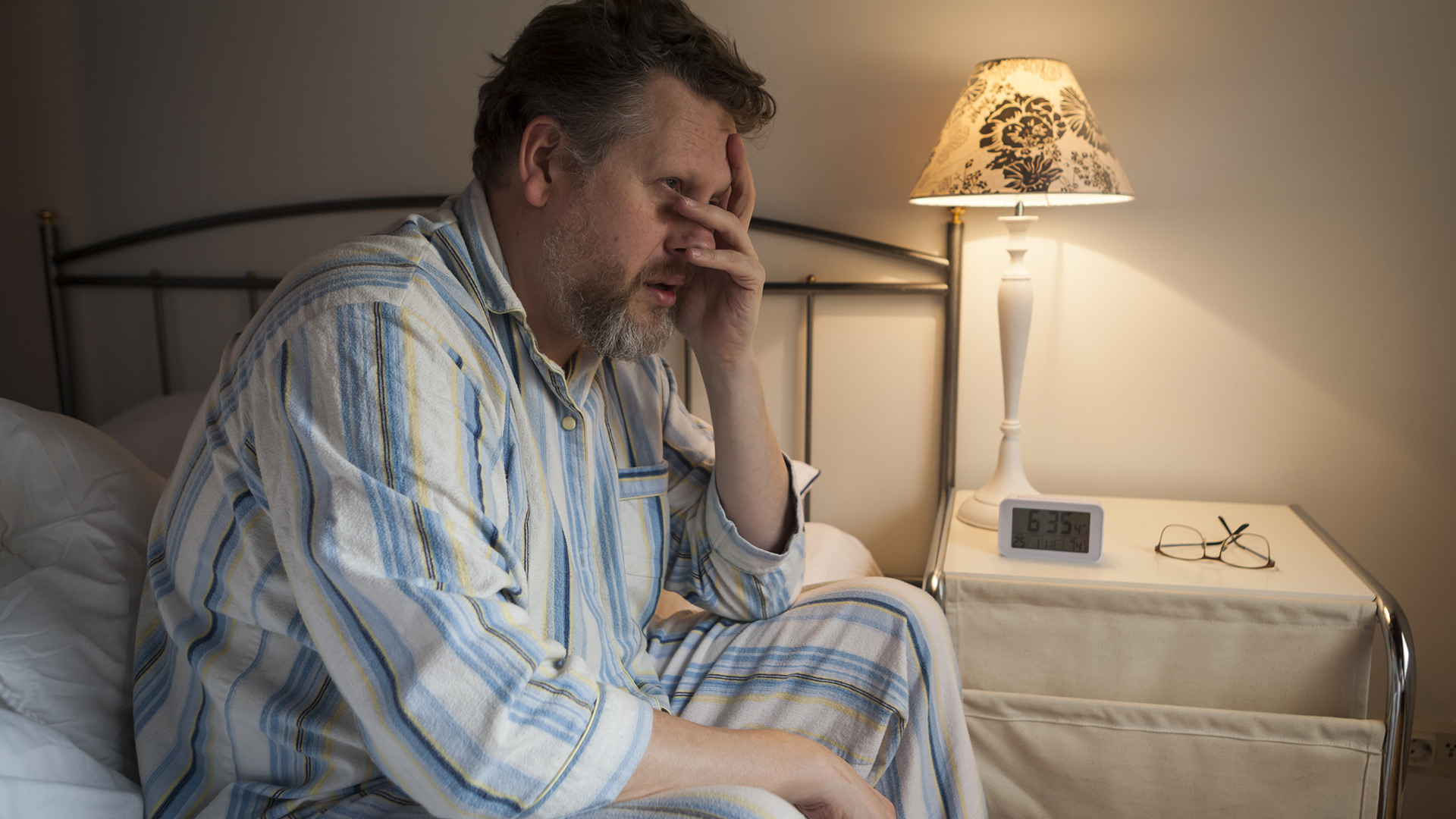Call today to schedule your consultation
Or fill out the quick form below and a team member will contact you.
Why Choose Prostate Artery Embolization?
Tired of the idea of prostate surgery through the urethra? We get it — and we offer a better way.
PAE is a cutting-edge outpatient treatment performed by our award-winning interventional radiologist, Dr. Van Meter. Using only light sedation, we insert a tiny catheter through the wrist or thigh, guided by advanced imaging. We then release microscopic particles into the arteries feeding the prostate, reducing blood flow and causing the prostate to shrink — all without traditional surgery.
Why Dallas Men Are Choosing PAE Over Surgery
For men in Dallas looking for an alternative to surgery, PAE offers hope. Rather than removing tissue through the urethra, PAE reduces prostate size by blocking its blood supply — all through a tiny pinhole in your wrist or thigh.
There’s no general anesthesia, no hospital stay, and no catheter afterward in most cases. You go home the same day and get back to your life faster — with fewer complications and lower risk of sexual side effects.
Common Symptoms of BPH
If you experience any of the following BPH symptoms, you may be a candidate for minimally invasive PAE treatment:
-
Getting up multiple times at night to urinate
-
Weak or interrupted urine stream
-
Frequent or urgent need to urinate
-
Painful or difficult urination
-
Incomplete bladder emptying
-
Painful ejaculation or reduced sexual performance
How is it done so minimally?
It’s actually quite a simple procedure. Under light sedation, without the need for general anesthesia, we’re able to insert a tiny microcatheter into a very tiny incision in the wrist or thigh area. We do this through the femoral artery via x-ray guidance. Once the catheter has entered the artery that supplies blood flow to the prostate we release tiny spheres that block the flow. Because of this blockage, the prostate shrinks softens, and gets reabsorbed into the body. Procedure time is an hour or two and you are on your way home after you’re released
Benign Prostatic Hyperplasia (aka enlarged prostate) actually pretty common. Affecting 50% of men 50-60 and as many as 90% over 80. BPH is when your prostate enlarges and squeezes your urethra causing trouble with urination, usually at night. It can also lead to other symptoms such as erectile dysfunction.
What to expect after PAE surgery
Before:
You’ll meet with our physician for a consultation and imaging studies to determine if PAE is right for you.
During:
The procedure takes 1–2 hours. You’ll be under light sedation, and most patients report no discomfort.
After:
You’ll rest briefly in recovery and go home the same day. Most return to normal activities within a week.
Compare: PAE vs. Traditional Prostate Surgery
Prostate Artery Embolization
Minimally-invasive, procedure not surgery
No general anesthesia required
Performed as an outpatient procedure
Recovery in 7 to 10 days.
Blocks the blood flow to shrink the prostate naturally.
Performed through a pin-sized hole in the wrist or thigh.
Less risk of complications like impotence or incontinence.
Conventional Prostate Surgery
Invasive conventional surgery
Requires General Anesthesia
Average hospital stay 1 to 3 days
Up to 6 week recovery
Removes Prostate tissue.
Performed through the urethra.
Greater risk of complications like impotence or incontinence.
Prostate Artery Embolization
Minimally-invasive, procedure not surgery
No general anesthesia required
Performed as an outpatient procedure
Recovery in 7 to 10 days.
Blocks the blood flow to shrink the prostate naturally.
Performed through a pin-sized hole in the wrist or thigh.
Less risk of complications like impotence or incontinence.
Conventional Prostate Surgery
Invasive conventional surgery
Requires General Anesthesia
Average hospital stay 1 to 3 days
Up to 6 week recovery
Removes Prostate tissue.
Performed through the urethra.
Greater risk of complications like impotence or incontinence.
Common Symptoms of BPH
Annoying Bathroom Trips
Getting up in the middle of the night to make those annoying bathroom trips is a common symptom of an enlarged prostate. Get back to sleeping well and stop the frequent trips to the bathroom.
Weak Flow
Your standing and waiting forever due to decreased or weak flow. Sometimes this is caused by your prostate enlarging and growing rapidly around the urethra.
Frequent Urination
Due to the enlarging prostate your bladder is getting a workout that it hasn’t previously had.
Gradually it becomes stronger and overly sensitive. Causing even the smallest amounts of urine to make you feel as though you need to pee. Eventually though, the bladder can’t compensate for the now narrowed urethra and some urine stays in the bladder.
The Dribble Effect
Even though the bladder is getting a new work-out due to the narrowing of the urethra, it will plateau. The chute can become so narrowed that it just can’t overcome and thus you have the common dribbling of urine.
Painful Ejaculation
Harmful to your relationship and undermining your self-esteem, painful ejaculation can be due to BPH.
Annoying Bathroom Trips
Getting up in the middle of the night to make those annoying bathroom trips is a common symptom of an enlarged prostate. Get back to sleeping well and stop the frequent trips to the bathroom.
Weak Flow
Your standing and waiting forever due to decreased or weak flow. Sometimes this is caused by your prostate enlarging and growing rapidly around the urethra.
Frequent Urination
Due to the enlarging prostate your bladder is getting a workout that it hasn’t previously had.
Gradually it becomes stronger and overly sensitive. Causing even the smallest amounts of urine to make you feel as though you need to pee. Eventually though, the bladder can’t compensate for the now narrowed urethra and some urine stays in the bladder.
The Dribble Effect
Even though the bladder is getting a new work-out due to the narrowing of the urethra, it will plateau. The chute can become so narrowed that it just can’t overcome and thus you have the common dribbling of urine.
Painful Ejaculation
Harmful to your relationship and undermining your self-esteem, painful ejaculation can be due to BPH.
Who Performs the Procedure?

Contact MTVIR today!
If you’ve been told you’re a candidate for PAE or if you’ve been told you have an enlarged prostate that needs treatment, contact us today.. We have a state-of-the-art center in North Dallas, where we can perform not only consultations but also surgeries.
Find us at:
9101 N Central Expy, Suite 550, Dallas, TX 75225
Call (469) 458-9800



